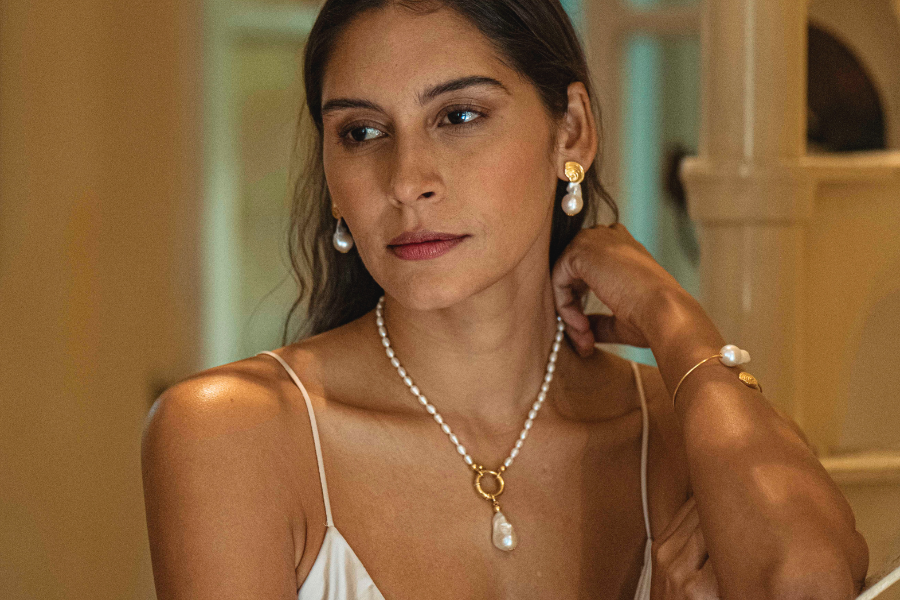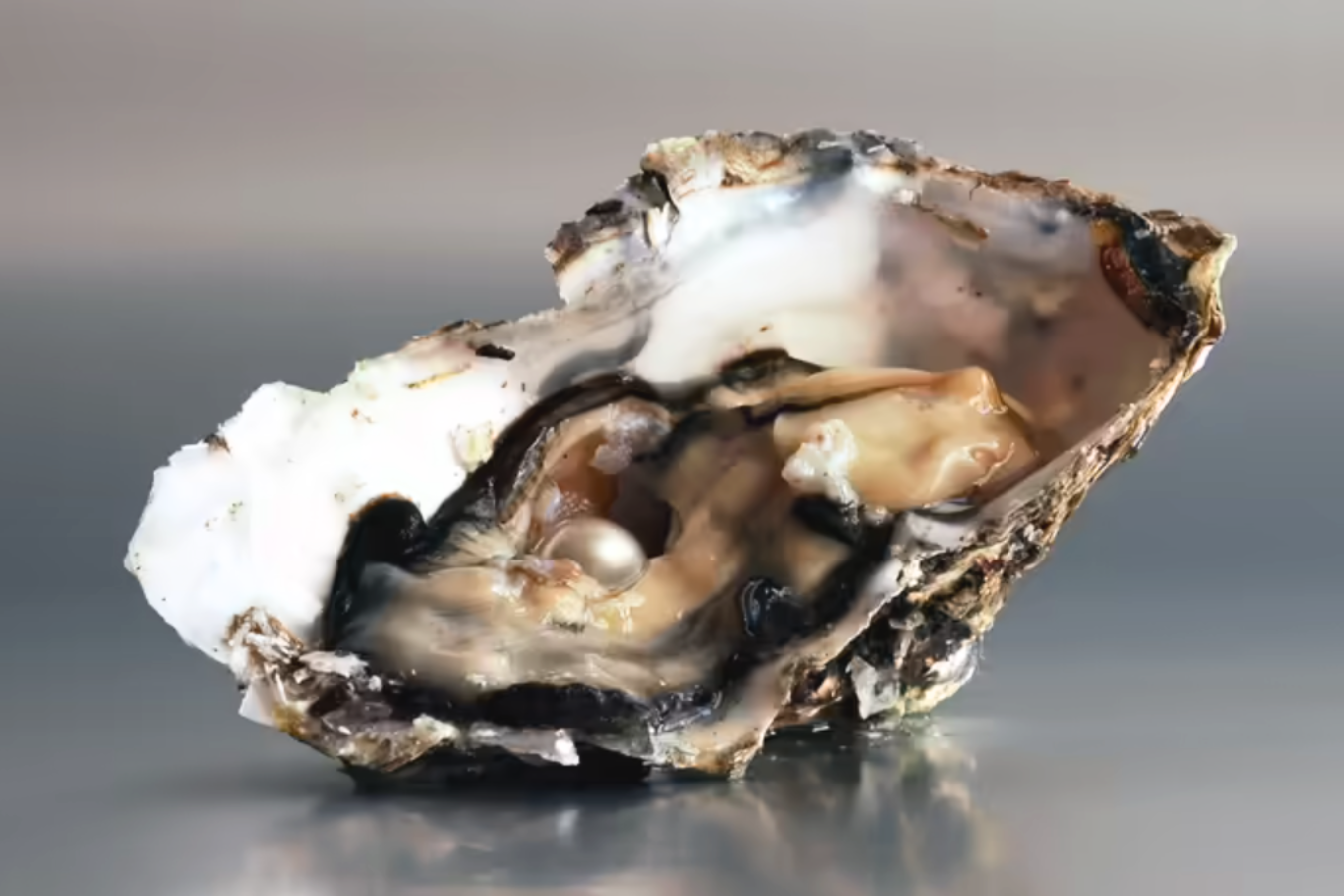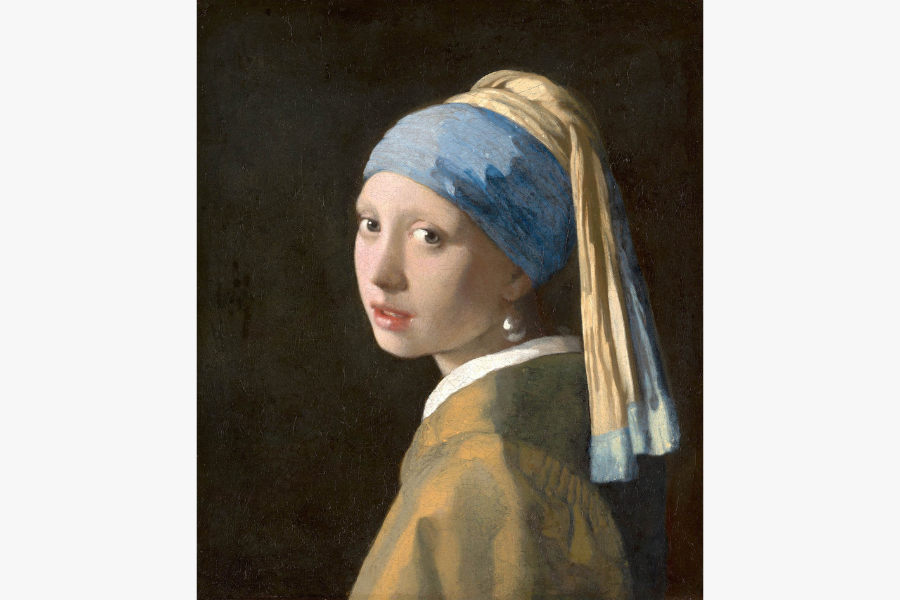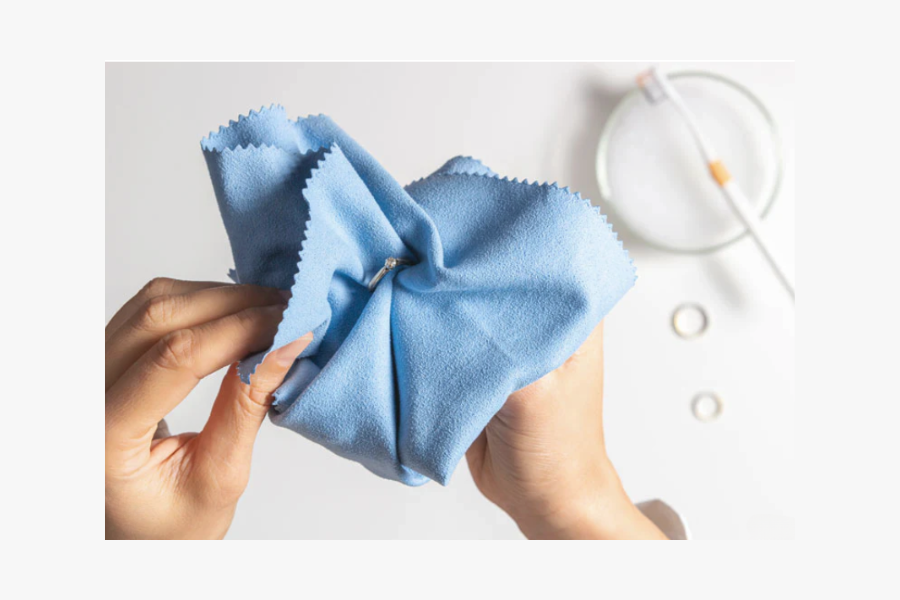If you need a reminder that beauty can be found in imperfection, just take a look at baroque pearls. This distinctive variety is known for its irregular shape and unique contours — each and every baroque pearl is truly one-of-a-kind.

What Are Baroque Pearls?
In the world of pearls, baroque refers to any gem with an irregular or non-spherical shape. Baroque pearls come in a wide variety of sizes and shapes, from slightly oblong to completely abstract. They are also available in different colors, meaning white, pink, gold, and Tahitian pearls can simultaneously be baroque pearls. This also means that baroque pearls can have either saltwater or freshwater origins, since they aren’t tied to a specific oyster variety.
The name is derived from the Portuguese word barocco, which means imperfection. Baroque went on to become the French term for something unusual or different, as well as the name of the grandiose artistic and cultural movement of the 17th century — an ideal descriptor for these special gems!

How Do Baroque Pearls Get Their Shape?
To understand how baroque pearls get their shape, you’ll need to know how any pearl is formed:
A foreign substance, such as a grit or a tiny piece of shell, enters the oyster and nestles between its mantle and its shell. This irritant goes on to become the nucleus of the pearl; in an act of protection, the oyster will begin to cover up the irritant by secreting layer upon layer of nacre around the nucleus, which eventually turns into a pearl.
With round pearls, the layers of nacre are perfectly symmetrical. With baroque pearls, they aren’t, resulting in a beautifully non-uniform gem.

The History of Baroque Pearls
Baroque pearls have been around for as long as round pearls have. They began gaining popularity during the Renaissance period, when organic beauty — imperfections and all — was celebrated. This era resulted in some of the most celebrated pearls of all time: the pearl in Johannes Vermeer’s famous ‘Girl with the Pearl Earring’ painting was none other than a baroque pearl. La Peregrina, the most famous baroque pearl in the world, was also discovered around the Renaissance era, tracing back to 16th century Panama.
Eventually fashion shifted towards a more uniform look in the 18th and 19th centuries, and round pearls became the ideal. They regained popularity in the 20th century thanks to jewelry designers like Elsa Peretti, who favored organic, avant-garde shapes to perfect symmetry. Today baroque pearls are favored by lovers of bold, unique designs.

Baroque Pearl Care
Aside from their unique shape, baroque pearls are just like their symmetrical counterparts and can be cared for as such.
Keep your baroque pearls gleaming by regularly wiping them down with a soft, clean cloth to remove dirt, oil, and grime. You can give your pearls a deeper clean by dipping your cloth in a mixture of lukewarm water and mild dish soap, then drying them thoroughly.
Be sure to store your pearl pieces carefully to avoid any damage — you can read our full pearl jewelry care guide here!





